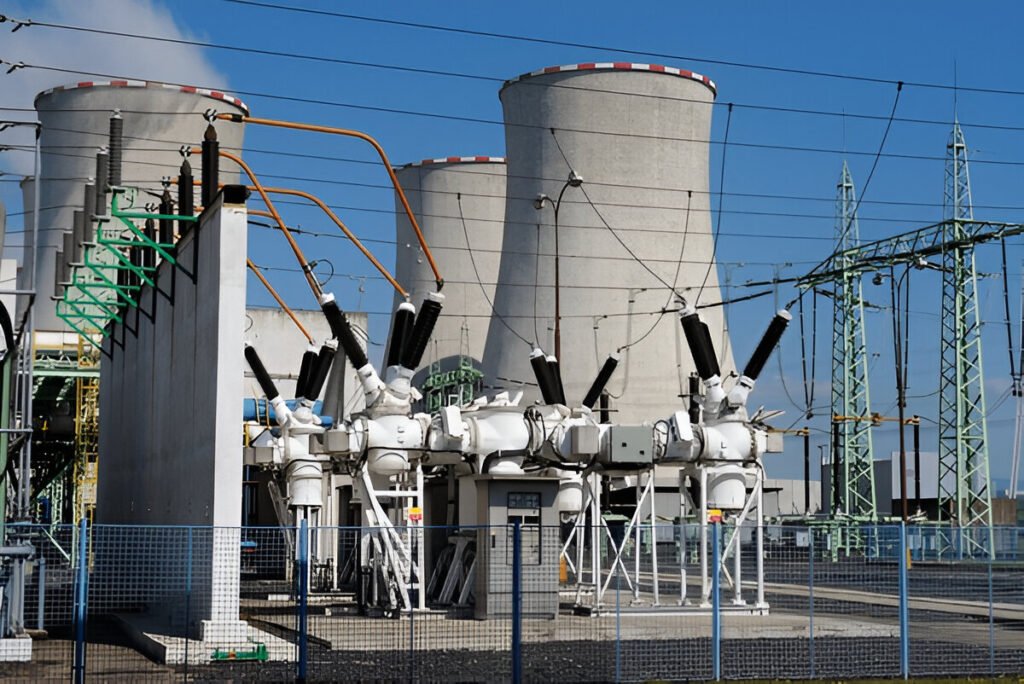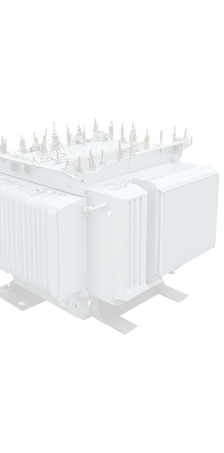Transformers are the backbone of modern electrical systems, whether they’re powering an industrial plant, a commercial complex, or your home. While most people focus on voltage, size, or price when choosing a transformer, one of the most critical—but often overlooked—factors is design. The way a transformer is designed has a direct impact on its performance, energy efficiency, and how long it will last.
If you’re evaluating transformers used in your current setup or considering a new installation, understanding how design influences functionality can help you make smarter, long-term decisions.
Why Transformer Design Matters
Transformer design isn’t just about looks or layout—it’s about how well the unit performs under varying loads, in different environmental conditions, and over time. A well-designed transformer will:
- Reduce energy losses
- Operate quietly and efficiently
- Withstand environmental stress
- Require less maintenance
- Last longer
Whether you’re in the market to buy used transformers or thinking of an upgrade, focusing on design features can make a significant difference in total cost of ownership.
Key Design Factors That Affect Performance and Durability
1. Core Material and Construction
The core is the heart of any transformer. The type of material used—typically silicon steel or amorphous metal—affects magnetic flux, energy loss, and heat generation. High-quality, grain-oriented silicon steel cores reduce hysteresis and eddy current losses, making them more efficient.
Poor core design can lead to excessive energy loss and overheating, which reduces lifespan—especially for transformers used in high-demand settings.
2. Winding Configuration
Transformer windings are typically made from copper or aluminum, and their placement and insulation play a crucial role in overall efficiency and durability. Common winding configurations include:
- Layer winding
- Helical winding
- Disc winding
These different designs impact how well a transformer handles short-circuits, how heat is dissipated, and how reliable it is over time. Damaged or poorly designed windings are one of the most common reasons for transformer failure.
If you’re dealing with older models, consider replacing or rewinding the unit. Services like transformer rewinding can breathe new life into an aging unit, especially when downtime needs to be minimized.
3. Cooling Mechanism
A transformer’s cooling system is another key design feature that impacts performance and longevity. Cooling types include:
- Natural air cooling (AN)
- Forced air cooling (AF)
- Oil-immersed cooling
- Dry-type cooling (air-cooled epoxy resin)
For environments where ventilation is poor or temperatures fluctuate, advanced cooling designs are essential to prevent overheating and ensure reliable operation.
If you’re shopping for power transformer options or browsing used transformers for sale near me, always check the cooling type and ensure it matches your environmental needs.
4. Insulation System
Insulation is crucial for separating the high-voltage and low-voltage components of a transformer. Poor insulation design can lead to electrical breakdowns, short circuits, and ultimately transformer failure.
Modern transformers use advanced insulation materials that are resistant to moisture and high temperatures, contributing to longer operational life and fewer maintenance issues.
Comparing New vs. Used Transformer Designs
Modern transformers benefit from better design standards, materials, and manufacturing technologies. But that doesn’t mean older models are obsolete. Many transformers used in previous decades are still reliable—especially if they’ve been well-maintained or refurbished.
If cost is a concern, going with used transformers from a reputable transformer company can be a smart move. These units are often reconditioned to meet modern performance expectations and are tested for efficiency and safety.
Also, if you’re sitting on equipment you no longer need, you can sell used transformers or get in touch with transformers buyers who will evaluate and offer competitive rates.
Design Impacts on Durability
Transformer durability depends largely on how well the design withstands stress—both electrical and environmental.
Factors that impact durability include:
- Thermal Performance: Designs that effectively manage heat reduce wear on internal components.
- Short-Circuit Strength: Windings and bracing that resist mechanical stress last longer.
- Moisture Resistance: Dry-type transformers with sealed epoxy resin designs last longer in humid conditions.
- Noise Level: Good design minimizes vibrations and noise, especially in residential applications.
All these elements combined determine how well a transformer performs over time and how much maintenance it will require.
Extending the Life of Used Transformers
If you’re working with transformers used for several years, routine inspection and design-aware servicing can extend their lifespan significantly. Key practices include:
- Periodic insulation resistance testing
- Infrared thermography for hot spots
- Visual inspections of core and winding condition
- Oil testing (for oil-filled units)
In some cases, rewinding or upgrading the insulation system through a trusted provider can be a cost-effective alternative to replacement.
Final Thoughts
Transformer design directly impacts how efficiently a unit operates, how long it lasts, and how often it requires maintenance. Whether you’re evaluating a new transformer purchase or assessing older transformers used in your system, prioritizing good design is key to long-term performance.
To recap, quality design influences:
- Core efficiency and magnetic losses
- Heat management and cooling efficiency
- Winding strength and electrical stability
- Insulation reliability and breakdown resistance
Looking for trusted solutions? Browse through a selection of surplus transformers or consult with industry experts who offer full transformer services, from installation to refurbishing.



